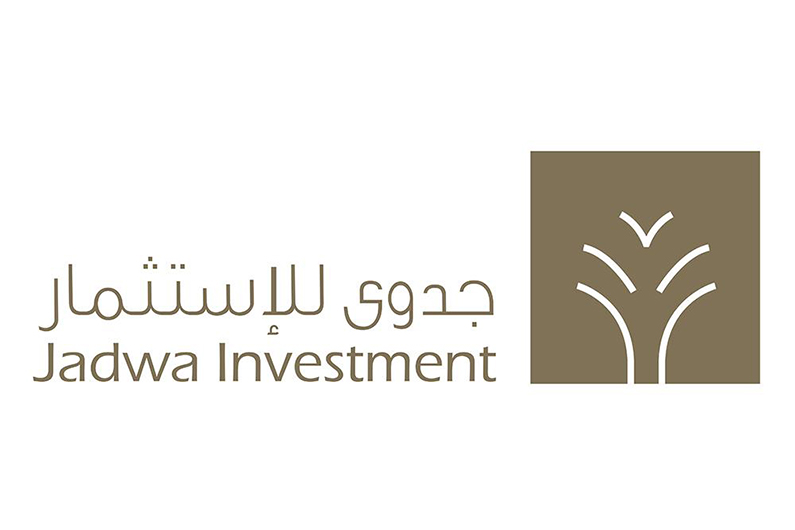
Jadwa Investment Report: Saudi Arabia’s 2017 Fiscal Budget
The government’s budget for the 2017 fiscal year (31 December 2016 to 30 December 2017) was endorsed by the Council of Ministers on 22nd December. It points to an expansionary stance (Figure 1) and is also in line with the National Transformation Program’s (NTP) target of reaching a balanced budget by 2020. The highlights include:
The government has reaffirmed its commitment to support the economy by budgeting for SR890 billion in spending compared with 2016’s budget of SR840 billion. Based on revenues of SR692 billion, the government is budgeting for a lower deficit at SR198 billion. This deficit will continue to be financed by using a combination of government deposit withdrawals as well as both domestic and international debt.
The budget statement highlighted plans to issue SR120 billion in new bonds, which we estimate will put the 2017 year-end public debt level at SR433 billion (16.4 percent of GDP), up from SR317 billion in 2016. In October, government accounts with the Saudi Arabian Monetary Authority (SAMA) reached SR216 billion, while SAMA net foreign assets declined by $72.6 billion to reach $544 billion (85 percent of GDP) at year-to-October.
As part of realizing the targets of NTP 2020 and Saudi Vision 2030, the Kingdom has budgeted for a higher level of spending in 2017 compared to both the 2016 budgeted and actual amounts. However, taking into account the SR105 billion in spending on delayed payments, actual 2016 spending reached SR930 billion, implying that spending in 2017 will be lower.
This year’s budget statement included an unprecedented level of detail and transparency with regards to functional distribution of expenditure. Education and healthcare remain the focus of government spending, at 40 percent of total spending. Whilst spending on military and security services constitutes the largest single share at 32 percent.
Budgeted capital spending has been raised significantly to SR262 billion in 2017, compared to SR76 billion in 2016’s budget. This highlights the strong focus and drive by the government to support growth in the private sector, with spending on NTP initiatives also budgeted at SR42 billion, of which SR30 billion is under capital expenditure.
The 2017 budget statement included details of the Fiscal Balance Program, one of the programs highlighted in Saudi Vision 2030. This program contains all reforms relevant to reaching a balanced budget by 2020 and includes units designated for promoting non-oil revenue, and enhancing efficiency in fiscal spending. The budget statement included a description of several other promising initiatives that are in line with Saudi Vision 2030.
The government has budgeted for non-oil revenue to reach SR212 billion, showing a strong growth of 17.8 percent and 6.5 percent over 2016’s budgeted and actual figures, respectively. The primary source of revenue growth in 2017 will likely be investment income, with the Public Investment Fund (PIF) set to enhance investment returns given the active approach in managing sovereign wealth. Other service fees and charges are also budgeted for significant growth in 2017.
The budgetary performance in 2016 came close to our forecasts with a deficit of SR297 billion, or 12.4 percent of GDP (Jadwa Investment forecast: SR265 billion, 11.2 percent of GDP). This improvement over the record budget deficit seen in 2015, at SR362 billion, with 2016 actual spending reaching SR825 billion, resulting in a lower-than-budgeted total for the first time since 1998. Even when taking into account the SR105 billion payment for pre-2016 dues to the private sector, the overspending ratio was 10.7 percent in 2016, significantly lower than the 2005-15 average overspend of 24.4 percent. Meanwhile, annual growth in non-oil revenue was strong, mainly owing to a doubling of investment returns from SAMA. However, lower oil prices resulted in total revenue falling by 14.3 percent compared to 2015.
In line with our expectations, preliminary 2016 economic data shows that the economy continued to slow in 2016 with real GDP growth of 1.4 percent (Jadwa Investment forecast: 1.1 percent). Non-oil private sector growth slowed to 0.1 percent year-on-year (Jadwa Investment forecast: 0.7 percent), with the highest growth in the finance and transport sectors. For the first time, the budget statement included a forecast for 2017 GDP growth, at 2 percent (Jadwa forecast: 0.4 percent).
We calculate that a Saudi export price of $52pb (around $55pb for Brent) and crude oil production of 10.1 mbpd in 2017 are consistent with the revenue projections contained in the budget. We believe the government is budgeting for a compliance with OPEC cuts, agreed back in October, thereby reducing year-on-year production by 300 thousand barrels per day. Our baseline forecast, however, is still at 10.4mbpd due to a number of risks associated with non-compliance from other OPEC members, but not Saudi Arabia, and therefore resulting in the OPEC deal not materializing. Accordingly, we therefore expect 2017 government revenues to be higher than the budgeted level. We also believe that more efficient spending measures will mean that spending will match the budgeted figure of SR890 billion. We therefore forecast a lower deficit of SR162 billion (6.1 percent of GDP) based on an oil price of $54.5 pb for Brent in 2017.
























